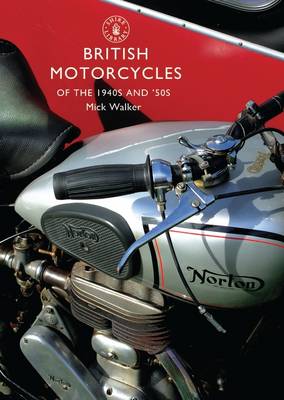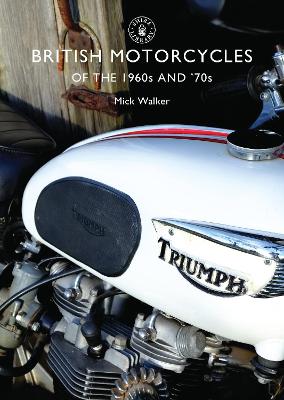Shire Library
2 primary works
Book 607
After VE Day in 1945 the British population returned enthusiastically to the road. But the cost and availability of both vehicles and fuel led to the post-war scene being dominated by motorcycles, most of them ex-military machines, eagerly snapped up for everyday use in an age when a family car remained just a dream for many. The British industry, meanwhile, was exhorted to 'export or die', and until well into the 1950s the majority of new British bikes were sold abroad. During this period, the industry - the largest and most important in the world - continued to develop new and exciting machines. Mick Walker tells the story of the British post-war motorcycle during this golden age of the industry. With the help of archive photographs and advertising material, this book conjures up a lost age of the British bike, of journeys to work by popping two-strokes, and trips to the seaside in the family motorcycle combination.
Book 654
For the first half of the twentieth century, Great Britain led the world in motorcycle design and production, exporting its products to countries all over the globe. However, by 1960 this once-great industry had fallen into what was to be a terminal decline. During the 1960s and '70s Britain still manufactured a wide range of machines, but a combination of poor management, lack of investment, foreign competition (notably from Japan), and the arrival of the small, affordable car conspired to sound the death knell for most British motorcycles by the end of the 1970s. Mick Walker uses a host of colourful illustrations to explore the models produced by British companies and their foreign competitors, and explains what the industry did to fight its ultimate demise.

